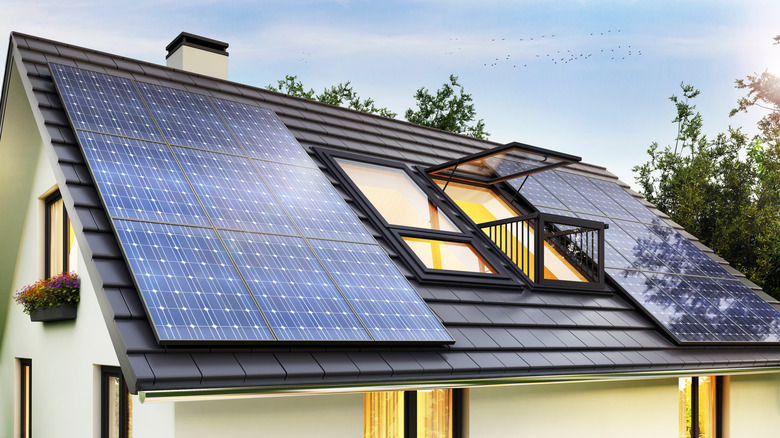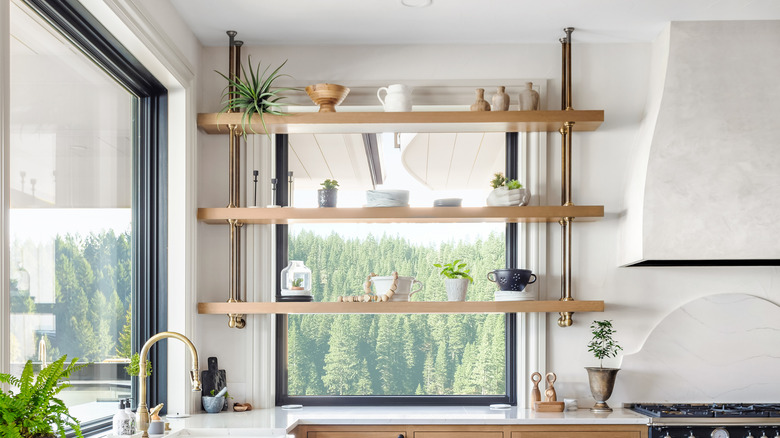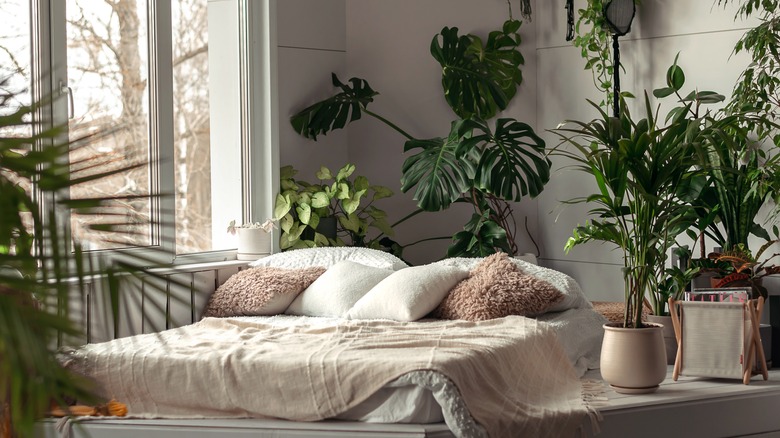What Is 'Slow Home Design' And How Can It Help You Live Better?
Home design trends, both large scale and small, are constantly changing, driven briskly along by media, developers, and homeowners in the pursuit of the latest, greatest thing. Slow home design is the antithesis of this swiftly moving conveyor belt, prioritizing sustainability, practicality, and functionality and encompasses everything from the initial planning of homes to the way we decorate them.
The slow home design movement was first coined by the Canadian-based Slow Home Studio as a reaction to what its creators John Brown, Carina van Olm, and Matthew North saw as a disturbing trend in generic housing, rampant consumption, and homes that prioritize trends instead of creating truly livable spaces. According to their website, Slow Home Studio, the founders explain: "We call them fast houses because they're like fast food. A fast house is a standardized, mass-produced commodity that has been designed to attract our attention, ignite our desire, and give the illusion of value as much if not more than it's been designed as a place to live. This lack of attention to the fundamentals of good design makes a fast house difficult to live in and hard on the environment." So, how can you incorporate the slow design in your home, and will it help you live better?
The principals of slow design?
From the ground up, slow-designed homes embody serious consideration of the factors that contribute to sustainability and liveability. These include how the home interacts with the natural landscape around it and how much energy or resources it consumes. Window size and placement, for example, affect how much electricity the home needs to run the lights, as well as how much power is consumed to heat and cool it.
The fundamentals of slow design not only include environmental sustainability but also financial sustainability, by using materials that will not need to be repaired or replaced as often. Roof materials, for instance, should be selected according to your climate. Additionally, homes can be designed with water management systems in place that maximize rainwater and wastewater seepage. Slow home living also considers the size of a home and its impact on both the environment and liveability.
Slow home design also considers the functionality of spaces to meet human needs, including things like larger entryways, functional kitchens, and storage. It also includes the removal of unnecessary things like formal living and dining rooms in favor of more functional spaces like playrooms and offices that befit contemporary life instead.
Bringing slow design into your home
While many of the principles of slow home design can benefit new construction and remodels, there are also numerous ways you can implement the principles of slow living in your own existing space. By examining your consumption and living habits, as well as your use of spaces in your home, you can make small changes that have a big impact.
Consider how certain elements like the placement of curtains impede or enhance the light and how they may be improved. Focus on zeroing in on your own unique style, which will allow you to buy things for your home more intentionally and avoid overconsumption. Purchase second-hand or high-quality pieces that will last for years instead of disposable furniture that will break in just a few. Fill your home with personal objects that reflect your personality, but don't allow them to dominate the house and create clutter, which also impedes your sense of well-being.
In addition, think about how you or your family use the spaces you have. If parts of your home sit empty, like a formal living room, consider making the space more multifunctional by using it as a study or workout room if those are things you find yourself in need of. Format your kitchen in a useful way that makes cooking easier with the things you need in easy reach.


